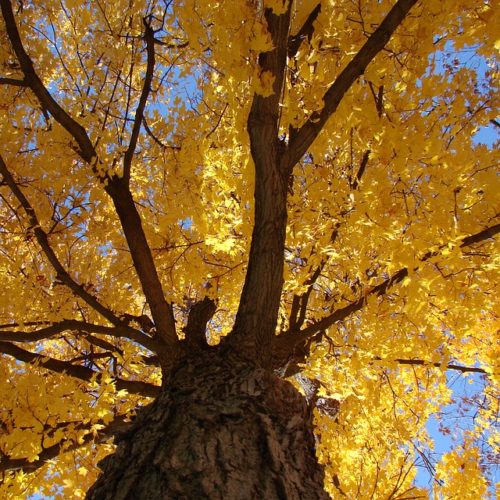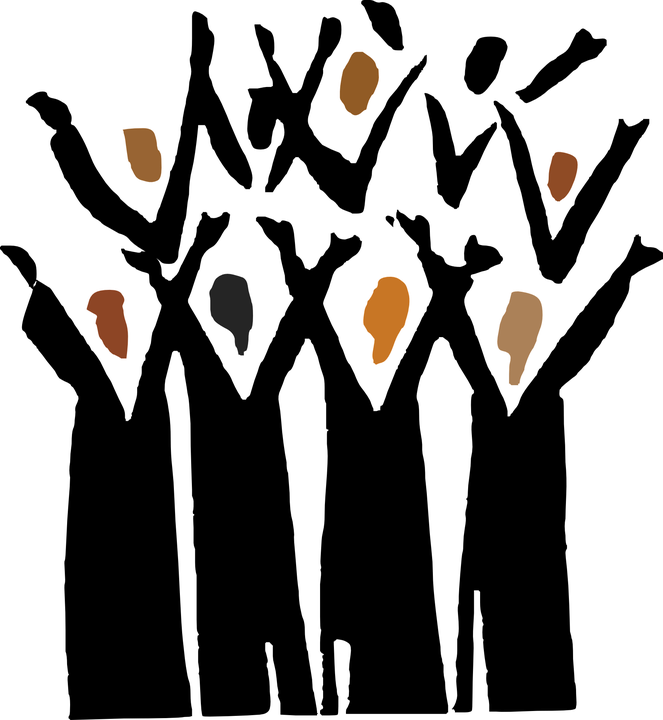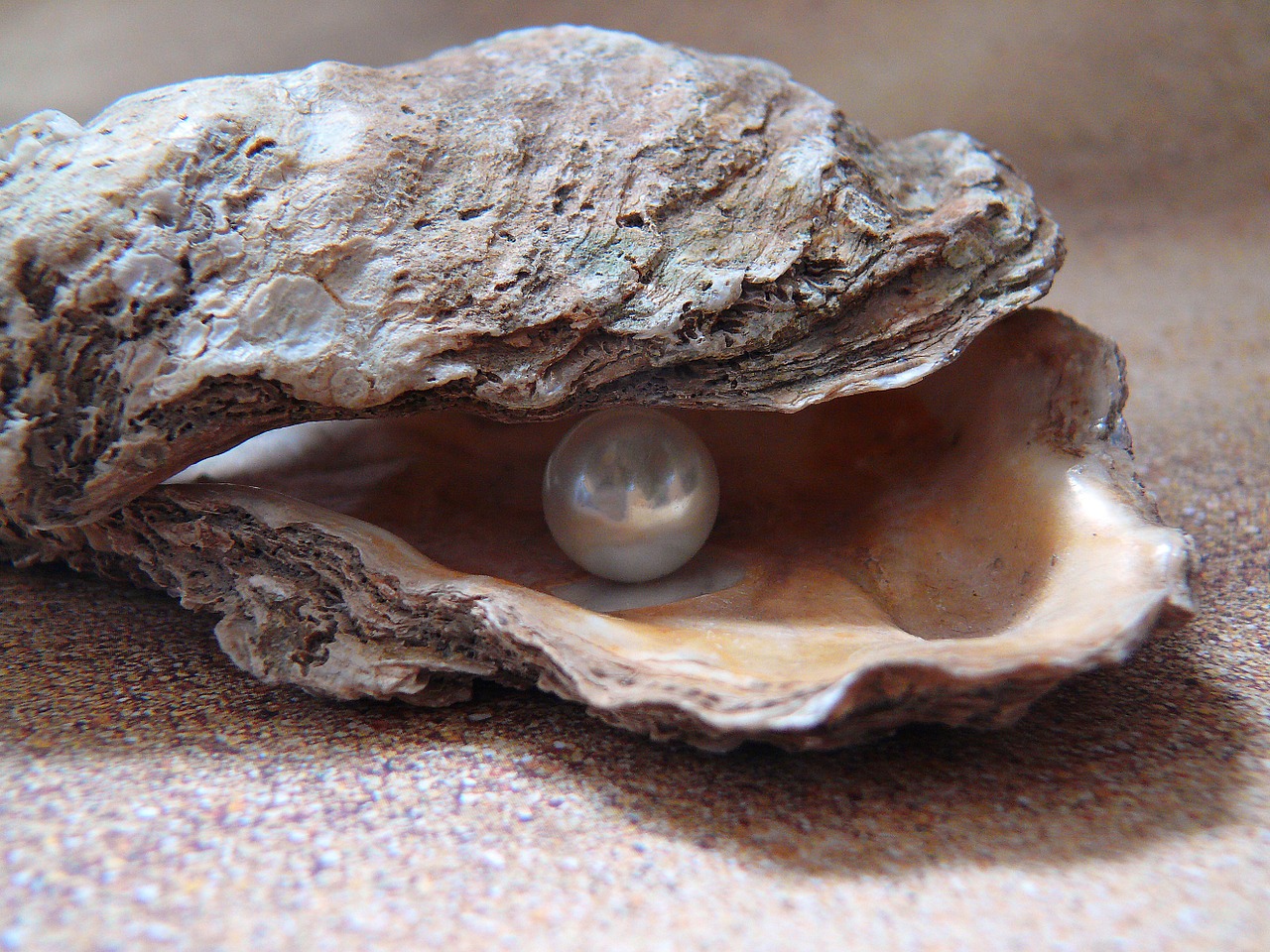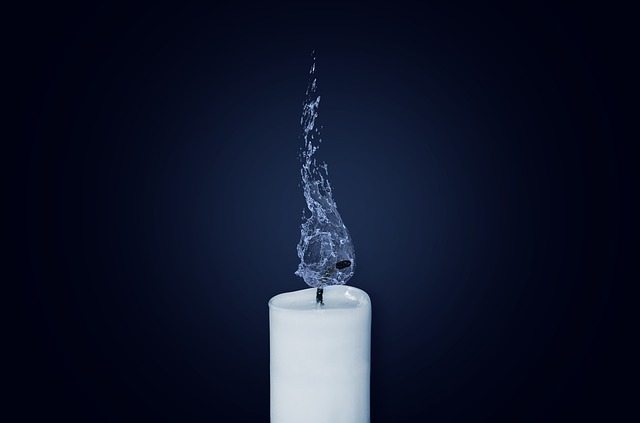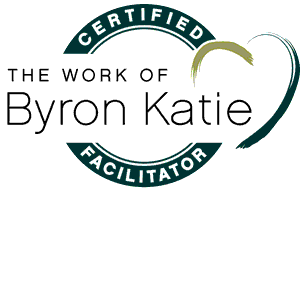First Step, Second Step

It is pointless to know where the way leads. Think only of the first step. The rest will come.
— Sams of Tabriz
It was time for my first big step. I was finally able to bear my own weight after a bike accident resulting in six weeks of complete dependence on everyone around me. My heart was full of gratitude, but my balance was precarious as I ditched the surgery boot and slowly began to reclaim my own two feet.
This is when I convinced my husband that we should take our first road trip in forty years. It made sense, I argued, using Lockdown Logic, for him to drive and for me to ride with my foot elevated on the dashboard for several days along western edge of the continent from Oregon to the Southern edge of our country. Lockdown Logic said that it was time to use that car we bought just before the pandemic. It said that we should get out of our little bubble and drive, not fly. Some of my lifelong friends had been planning a gathering for a year in San Diego, so logic said that now must be time to hazard a trip out of the cocoon. In addition, secretly I wanted to reconnect with my rural roots by simple human interaction in more far-flung parts of this divided land we hear so much about.
Half-way through the trip, I bragged to my friends about our small safe haven of a city, especially our local school board. We live in college town with a deep dedication to education. Our little city leans left in a state that is famously unpredictable. We’re well outside of the newly vilified city of Portland, so we’ve seen few so-called culture wars.
While we were traveling, we saw proof of a country more united than the news would have us believe. Except for a few drivers who didn’t like our slower pace as we followed directions like the old codgers we are, we were met by human kindness throughout our trip, whether red or blue. We saw little mask or anti-mask mania. Little evidence of vax wars. We came back relieved, ready to report that rumors of civil war are greatly exaggerated.
So the first big step back to “normal,” was a complete success.
The second day after our return, I went down to my local food cooperative, where I ran into a friend who filled me in on local news, referring me to the New York Times. One of our bright lights, Sami Al-Abdrabbuh, our school board chairman, had been under physical threat almost since he was re-elected by a landslide.(More here)
I began to doubt my recent travel experience and felt the cocoon calling me back. After a couple days, I remembered one of my favorite quotations, attributed to Rumi’s teacher Shams: It is pointless to know where the way leads. Think only of the first step. The rest will come. I know that I can’t un-step that first forward step toward my fellow beings. All I can do now is get stronger, more educated, and more flexible to prepare for the next step. So I‘ve been educating myself on harassment and cyber threats. By moving out of denial and into reality, I armed myself with information about how I can take a more grounded and informed stand to support my very real oasis of a community..
I want to reboot stronger and lighter. My second step has been to return to my physical therapy schedule. Who knows what the next step will bring? For now, it’s showing up for my body so that I can take more balanced and healing steps. It turns out that this is the perfect time for this challenge, what with all the traditional expectations and the challenge of reconnecting during upcoming holidays . My prayer is that I remember all the lessons of the last two years as I continue into the future with step after ever-stronger informed step.
May we all notice human kindness permeating our coming days. May we move forward to the beat of our shared heart, our shared humanity, our shared planet…
Road Trip
Her country, newly
humbled by fear
called to her,
offering its western perimeter.
A whiff of youthful memory
cried out, which caused her to
stare sit stretch
and then sit again,
watching sky television
a dream of a parched world
flying by
not the same as before
but still
ocean met dunes
rocks stood sentinel
days were fruitfully spent
moving under bowl of big blue
cities came and went
with humans still busy
annoying other humans
passing on the right
honking from the left
and then the gusty rain came
erasing it all in a big wet huff
and after that there was this:
a miniature freeway oasis
appearing from the fog
with fairy lights and
breakfast in little brown bags
but most of all the kindness
of a muscle flexed, a stranger’s hand
lifting a bag, opening a door
just because you with your cane
could use one.
—SgB 10/2021
Spider Sense
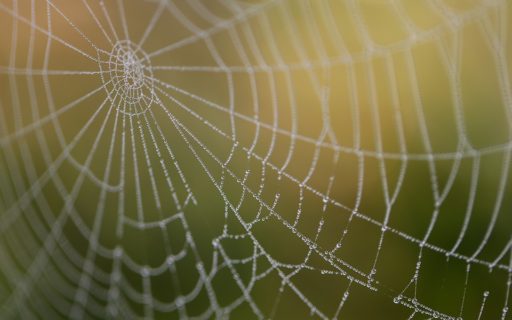
During my slow recovery from a broken bone and surgery this fall, I’ve given myself the luxury of silk. Spiderweb Silk. The spider on my windowsill creates its miracle of tensile strength slowly and steadily. As I watch I think of the body magic that is healing my body with very little help from me. With plenty of time on my hands and a new curiosity, I’ve dipped into the human Interweb to find out more about spiders.
Newsflash! Spiders aren’t all hairy monsters who devour their own. Only some of them. About 40% can get cranky enough to consume each other. Biologists who focus on the social life of spiders discovered that adult spiders seem to forget how to behave together after being alone too long, which causes them to become aggressive. They’re still not sure why some spider species like to hang out together while many eat spiders if given the chance. As it turns out, spiders raised in groups almost never try to eat even unfamiliar spiders. When they remain together, they respond to chemical cues and remain tolerant. But when they’ve been isolated, the familiarity is lost, and that’s what leads to intolerant and aggressive behavior.
I’ve seldom ventured out on my own two crutches at all, but last week, I headed out with the help of my trustworthy life partner and nursemaid Geo. Out of necessity we went to a big box grocery store where masks are still required. People are my favorite! I thought, looking forward to the quick exchanges of connection that are part of the human social world. I tried the “smiley eyes” thing out as I motored around in my electric go-cart. People mostly ignored me, which felt lonely and awkward. Then at the check-out line one guy, his mask down below his chin, told me that I was cutting into line. I saw that this was true and I apologized, but he just glared back.
Immediately my mind got busy judging him. Then it began to criticize other people’s pandemic behavior. There are some very sticky thought webs about that subject, I noticed. I couldn’t wait to get to my safe and predictable home, shocked at how one interaction had shifted my whole mood. Back with my spider and its web, I remembered another spider factoid: most spiders create a new web every day. Then I remembered that I had forgotten for a minute: the energetic kindness of strangers who have bounded ahead of me to help open doors. The beautiful emails and cards of sympathy and kindness. The meals prepared and cheerful visits of friends.
There was such clarity in that moment that I began to spin a new web based on my simple truth, backed by more than 70 years human social life. No matter who smiles at me or gives me crap or what gets spun in the news cycle, I know for sure that most humans are not unkind. I could see the likelihood that our species will get less cranky as we get out more. I think we’ll learn again how to tap into our basic human need for kindness and connection. And when I’m in doubt, I remind myself of the words of spiritual eco-activist Joanna Macy: “Let life through, in the biggest doorway in your being.” When I do that, there’s enough room in my heart for all of creation, including cranky humans and spiders.
May we all remember that in the coming months.
SgB 10/2021
Letting It Roll
 |
|
Resistance
I tie my limbs with rubber bows
red yellow blue green
remembering not to hold,
I breathe and count rep by rep
the movements of slow recovery.
—SgB
|
Now has come an easy time. I let it roll.
Thus began my personal mantra for the month of August, courtesy of my favorite poet William Stafford. And so at the beginning of last month I changed my daily practice to include rolling around town and country on my electric bike. Clever, huh? But then, a couple weeks in, I hit a pile of loose gravel.
My understanding of letting it roll changed radically in that moment. I was forced to drop immediately any idea of managing the situation. There was no choice but to let the Universe roll on without my guidance. So much help began showing up, from the angels on the spot who helped out at the scene, to my husband who was impeccably on call for the first two weeks, to the long list of family, neighbors, and friends who came forth with offers, food, and encouragement. Now a metal plate and a few screws are holding the fibula back together while I experience the meaning of surrender and dependence and still manage a humble brag concerning my Athletic Injury.
Now has come an easy time. Right here. Today, I remind myself, with my leg propped up on various surfaces around the house, I’m finally freed of the lessons brought by the pain of the first two weeks. I repeat the Easy Time mantra frequently, even while I continue to give up some pride and gratefully accept help. Since there will be no wild times requiring bearing weight for a total of nearly eight weeks, I’m learning all kinds of other things about asking for help and releasing a few dozen unexamined preferences. My walker and I roll along fine when I keep these things in mind. But sometimes I forget, and then come the thought storms about how long this will be, how pathetic I am, how bad it is for my body and mind to be largely sedentary for four weeks, how unbearable the pain is.
Suddenly it’s not an easy time anymore. Everything becomes harder and I get lost in a little pity tea party. Then I take a sip of the nettle tea my friend sent to help knit my bones. And I notice I’m breathing fuller and my monkey mind is taking a nap. And the serene beauty of autumn takes over the healing.
This is that easy time. And I am grateful.
May you find some easy times and places this Autumn.
And may you let this good time roll.
SgB 9/2021
Why I am Happy
|
I hate summers. Every year by fall the words tumble out. Admitting it seems sacrilegious. And yet there it is. Even today, as I savor the summer world waking up, I know that it’s not completely true. I don’t really hate it. But still.
No. Not still. That’s the problem with summer, I think. All the hubbub and activity. Summers are composed of too muchness. Overwhelm. Not enough stillness. So big. So busy. So much coming and going and not enough time to land.
|
 |
|
Like most everyone around me, I’ve been trying my best to make up for lost time with family and friends while responding to the reality of a rapidly shifting world. Yesterday I sat for a time in my garden, trying to catch up with myself. Essentially nothing from my activity-based checklist is completed, and yet already there’s that sense of depletion. A phrase from a beloved poem by William Stafford, Why I am Happy popped into my mind. My framed and beautifully scribed copy burned in a forest fire last fall, but the wonderful thing about words is they don’t burn but keep doing their magic as long as we can string a few phrases together.
The next words, I let it roll, come into my mind.
My to-do list for the next month just got a whole lot shorter.
And so we come to my summer wish list for you, my friends:
May you let it all roll as you remember the peace and ease of the blue and free lake you already carry inside yourself.May that elusive peace of mind be your guide as often as you can during these precious days.
It’s a wish and a prayer. For you. For all of us.
SgB 8/2021
|
